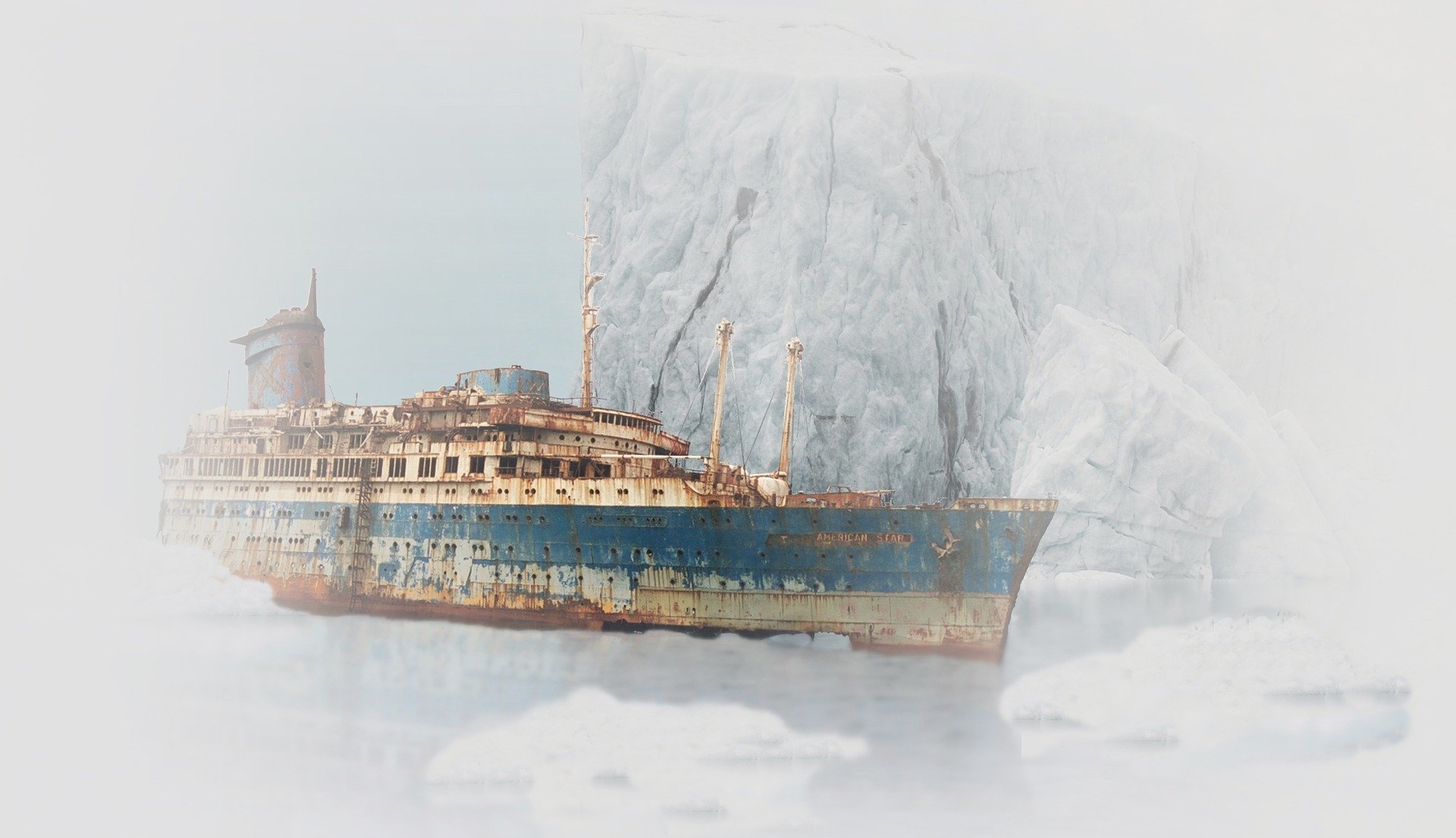Wreck of the Titan
A novella written by Morgan Robertson in 1898. It almost perfectly describes the plight of the Titanic some 14 years later. People actually accused the author of being able to see the future, such were the similarities. Let me explain.
Titan Sinks on its maiden voyage
The Titan was an unsinkable monster of a ship. At 800 feet long, this British owned ship used a triple screw propeller to cruise at 25 knots. Titan carried 2500 passengers in comfort and luxury. On her maiden voyage across the Atlantic to New York, she hit an iceberg 400 nautical miles from Newfoundland and sank.
Unfortunately, the Titan only carried the legal amount of lifeboats needed at just 24. Meaning more than half of her crew and passengers would perish in the icy cold waters.
Now let’s compare this to the Titanic story.
Titanic sinks on her maiden voyage
The Titanic was described as unsinkable. Measuring 882 feet long, the British owned leviathan used a triple screw propeller to cruise at 22.5 knots. Her 2200 passengers enjoyed the finest luxuries. On her maiden voyage to New York, she hit an iceberg, broke up and sank. 400 nautical miles from Newfoundland.
Because of her unsinkable reputation, she only carried 20 lifeboats (4 of which were folding Engelhardt lifeboats). More than half her passengers would drown because of this.
Spooky coincidences
Wreck of the Titan author Morgan Robertson put the eerie similarities down to his extensive knowledge of ships. Having gone to sea as a cabin boy early in life, he worked his way up to first mate and left the profession in the late 1800’s. During his final years at sea, he wrote novels to help support himself. One of which we described above.
His vast knowledge of ships and how they are built certainly help to explain the huge amount of coincidences in the novel to the actual sinking of the Titanic, but to get the correct place it sank, plus the culprit (an iceberg) has to be the icing on the cake. There are so many ways for ships to sink and areas for it to happen. What are the chances of getting both right?
Morgan also claimed to have invented the periscope, including it in a novel called the Submarine Destroyer in 1905. Unfortunately for him, Simon Lake had already used periscopes on submarines in 1902. Going back further, Hippolyte Marie-Davy had already created the first naval periscope in 1854.
